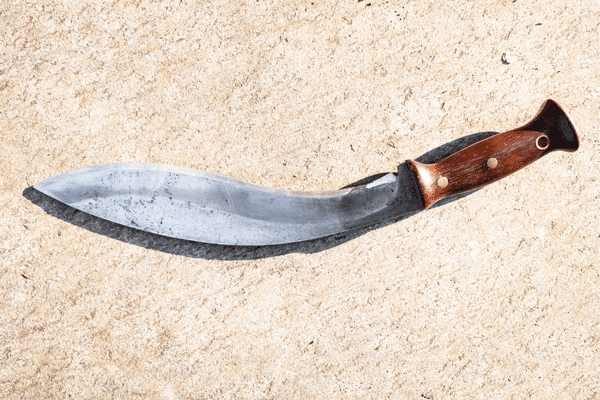Navigating the Blade: A Guide on How to Choose the Right Katana for Your Needs.
Embarking on a quest for the perfect katana is a journey that blends history, craftsmanship, and personal preference. In this comprehensive guide, we unravel the intricacies of Katana selection, offering valuable insights to help you make an informed decision and find the blade that suits your unique needs.
Understanding Your Purpose:
1. Defining Your Intentions: The first step in selecting the right katana is to define your intentions. Are you a martial artist in need of a practice sword, a collector seeking a display piece, or an enthusiast looking for a functional blade for cutting exercises? Clarifying your purpose sets the foundation for making informed decisions throughout the selection process.
Historical Considerations:
2. Traditional vs. Modern Katanas: One of the initial decisions to make is whether you prefer a traditional katana crafted in the historical style or a modern variant that incorporates contemporary materials and forging techniques. Traditional katanas adhere to centuries-old craftsmanship, while modern counterparts may offer enhanced durability and performance. Consider the aesthetic appeal and historical significance that align with your preferences.
Key Features to Look For:
3. Length and Weight: Katanas come in various dimensions, with blade lengths typically ranging from 25 to 30 inches. The appropriate length depends on your physical build and intended use. While a longer blade provides more cutting power, a heavier katana may become cumbersome during extended use. Finding the right balance between length and weight is crucial for a comfortable and effective experience.
4. Blade Material and Construction: The heart of any katana is its blade. Traditional katanas are often crafted from high-carbon steel, while modern versions may incorporate stainless steel or other alloys. Your choice should consider the intended use and maintenance requirements. Pay attention to the blade's construction, examining features like the hamon (temper line) and the presence of a fuller (bo-hi).
5. Handle and Hilt Design: The handle, or tsuka, is as critical as the blade itself. Traditional handles are wrapped in ray skin and silk or cotton ito (wrapping). Consider the handle length and design for a comfortable grip. The hilt, or tsuba, can vary from elaborate to simple, catering to personal preference and historical accuracy.
6. Tang and Assembly: Examine the tang, the portion of the blade that extends into the handle. A full tang, where the metal extends through the entire handle, often signifies better balance and durability. Assess the assembly method, as a well-constructed katana should feel sturdy and well-balanced in your hands.
Budget and Authenticity:
7. Setting a Realistic Budget: Quality katanas span a range of price points, tempting enthusiasts to splurge on an authentic piece. While a higher budget can open doors to exceptional craftsmanship, it's crucial to set realistic expectations and align your budget with your purposes. Explore options that balance affordability with the level of craftsmanship you seek.
8. Authenticity and Provenance: For those valuing authenticity, researching the provenance of the katana becomes essential. Some enthusiasts seek blades crafted by renowned Japanese swordsmiths, while others appreciate the skill of non-Japanese bladesmiths influenced by traditional techniques. Verify authenticity through reputable sellers Battling Blades and seek documentation to ensure the katana's origin aligns with your preferences.
Conclusion:
Choosing the right katana is a blend of art and practicality, requiring a delicate balance between historical authenticity and modern functionality. By understanding your purpose, exploring key features, and considering your budget and authenticity preferences, you embark on a journey to find a katana that not only meets your needs but also resonates with the rich history and craftsmanship of this iconic Japanese sword. Whether you're a martial artist, collector, or enthusiast, the perfect katana awaits those willing to navigate the nuances of blade selection, offering a unique piece that becomes an extension of your passion and appreciation for the katana's timeless legacy.
Also, read Top 5 Myths and Legends about the Katana.





Comments
Post a Comment